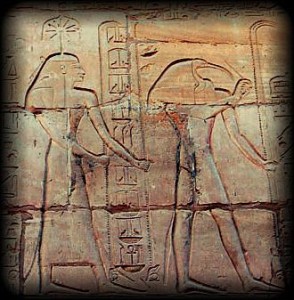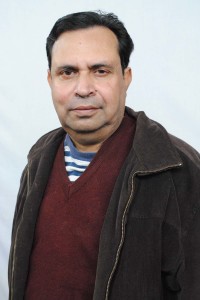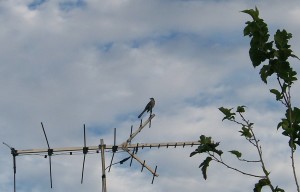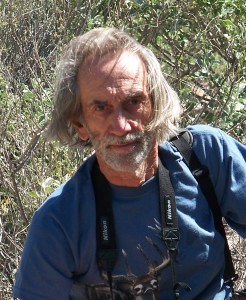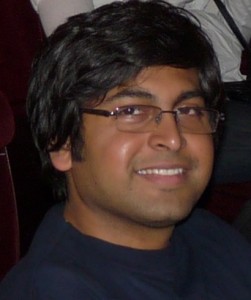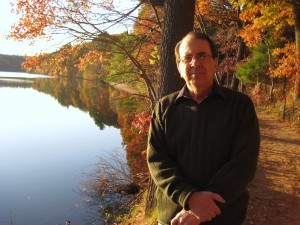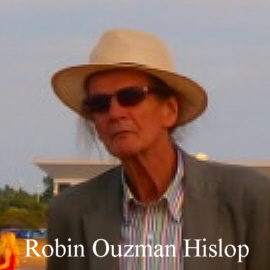I - Nubian Alchemy
Kemet, al kemet - the black and fertile earth
the black and fertile origins of humanity.
Primordial mother, sister, lover, daughter
Eventually, by laws of genetic entanglement,
(go check the mitochondrial record)
we (re)trace the contours of her absence
to the mountains that fed the Blue Nile
(the ice caps were glacial back then).
Orchestrated histories veil her presence
at the base of the mountain
at the base of your spine
at the heart of the geometric benevolence
that designed the oldest pyramids.
Young African woman with palettes, brushes,
measuring tools and golden mallet.
After each inundation she calculated
a new patchwork of fields
to feed the hungry populace.
The rich luminescence of her wisdom skin -
as many statues attest -
is primarily African:
black sunrise of the written word
black sunrise of numerous civilisations
Acknowledge her thus - for
she took you swimming in the Nile.
Did Michaelangelo imagine the Nubian
Pharaohs white - like Jesus?
Back then, words were hieroglyphic images
- phonetics yet to be invented - and
she wrote in the glory of paint.
They begged her
Colour us a liveable future.
II - (Quantum) Woman Dressed in Stars
She takes you flying among the stars
(and every vowel restored)
You sense
habitual memory contract to a
tiny pin-point of sub-atomic energy/light
it flares against the universal nothingness.
The hieroglyphs swirl - so many narratives,
so many possible lives - until
fragile scintillae appear, then cluster, as though
glued to invisible structures.
You watch them float like clumps of possibility
(like clumps of future memories).
Your life is fluid again -
all good things are possible
and all dangerous things -
her skin, like the coffins of your former selves,
is a gallery of marvelous images.
(Seshet) = the hidden numeric order
Our need for numbers and images and words
to strengthen living structures
Her slim ankles, her calves, her hips, her breasts
The lovers exchange gifts:
charms, formulae, hieroglyphs, stories
(photons, electrons - elementary particle-waves)
A biosemiotic exchange to animate
otherwise passive clay.
Do you sense it
the first ragged gasp of a new becoming?
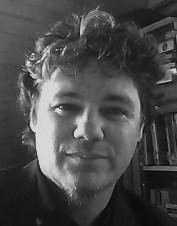
Ian Irvine (Hobson) is an Australian-based poet/lyricist, fiction writer and non-fiction writer. His work has featured in publications as diverse as Humanitas (USA), The Antigonish Review (Canada), Tears in the Fence (UK), Linq (Australia) and Takahe (NZ), among many others. His work has also appeared in two Australian national poetry anthologies: Best Australian Poems 2005 (Black Ink Books) and Agenda: ‘Australian Edition’, 2005. He is the author of three books and co-editor of a number of literary journals – Scintillae 2012, The Animist ezine (7 editions, 1998-2001) and Painted Words (10 editions 2005-2014). He coordinates the Professional Writing and Editing program at Bendigo Kangan Institute (Bendigo & Melbourne, Australia) and has taught in the same program at Victoria University, St. Albans, Melbourne. He has also taught history and social theory at La Trobe University (Bendigo, Australia) and holds a PhD for his work on creative, normative and dysfunctional forms of morbid ennui. Web site: http://www.authorsden.com/ianirvine
The above poem is an Excerpt from a collection of poems Awake in the Chamber of Darkness.The Egyptian Sequence. Publisher: Mercurius Press, Australia, 2015. ‘Awake in the Chamber of Darkness’ is copyright Ian Irvine (Hobson), 2015, all rights reserved.
Acknowledgements: ‘Hypatia and the Ruined Serapeum’ was published in Poetry Life and Times (UK/Spain) in Aug. 2015.
Image: Seshat writing. This image is in the public domain.
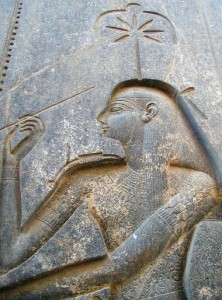
www.facebook.com/PoetryLifeTimes
www.facebook.com/Artvilla.com
robin@artvilla.com
editor@artvilla.com
http://www.aquillrelle.com/authorrobin.htm
http://www.amazon.com. All the Babble of the Souk. Robin Ouzman Hislop
www.lulu.com. All the Babble of the Souk. Robin Ouzman Hislop
